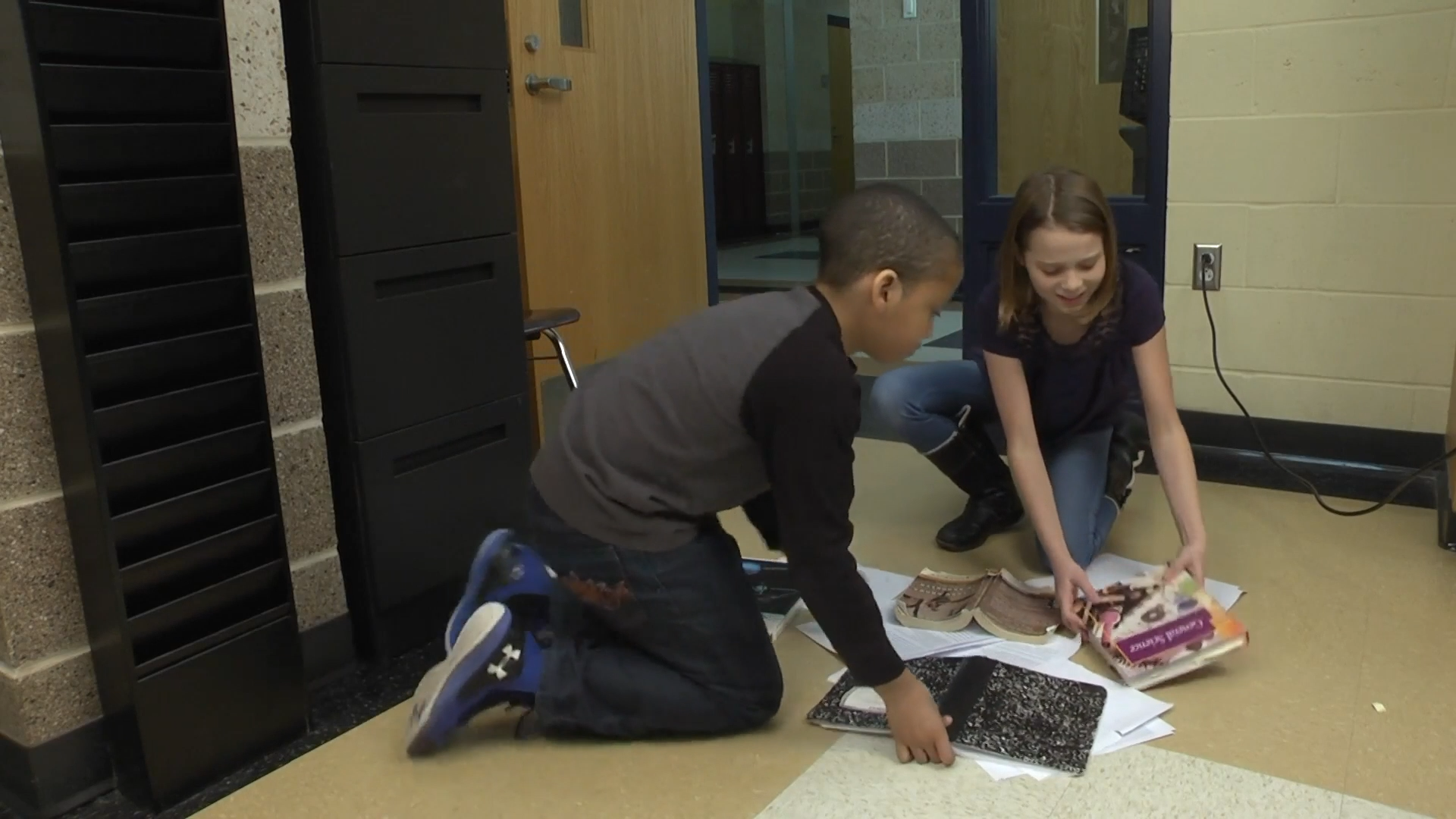
Introduction
In any conflict or disagreement, it’s crucial for students to understand that people might have different thoughts and feelings about the same event. By recognizing and considering the perspectives of others, students can develop empathy, improve their problem-solving abilities, and strengthen their relationships with peers. This blog post will provide a no-prep activity, discussion questions, and related skills to help educators teach middle school students the importance of understanding different perspectives in conflicts.
No-Prep Activity
Here’s an easy activity that requires no preparation or materials from the educator. This activity aims to help students practice thinking about other people’s sides during conflicts and disagreements.
- Divide the students into pairs.
- Ask each pair to think of a recent disagreement they had with a friend or family member (ensure it’s a safe and appropriate topic for the classroom).
- Have each student share their side of the story with their partner.
- Next, ask students to think about the other person’s perspective in the disagreement. What might have been their thoughts, beliefs, and reasons behind their actions?
- Students should then share their understanding of the other person’s perspective with their partner.
- Finally, have a group discussion about how considering the other person’s side can lead to better problem-solving and conflict resolution.
Discussion Questions
- Why is it essential to consider other people’s thoughts and feelings when we disagree with them?
- How can understanding someone else’s perspective help us in resolving conflicts?
- Can you think of a situation when considering another person’s point of view helped you resolve a problem? How did it help?
- What are some challenges you might face when trying to understand someone else’s perspective, and how can you overcome them?
- How does empathy play a role in understanding different perspectives?
Related Skills
Understanding different perspectives is just one aspect of social-emotional learning. Here are some other related skills that can help students build strong relationships and navigate conflicts effectively:
- Active listening: Paying attention to what others are saying and responding thoughtfully.
- Empathy: Feeling and understanding the emotions of others.
- Self-awareness: Recognizing one’s own emotions, thoughts, and actions.
- Assertiveness: Expressing one’s needs, feelings, and opinions in a respectful way.
- Conflict resolution: Finding peaceful solutions to disagreements and problems.
Next Steps
Understanding different perspectives and other social-emotional learning skills are essential for students’ success in school and beyond. To help you incorporate these skills into your teaching, we encourage you to sign up for free samples of our materials and resources. Explore our wide range of activities, videos, and lesson plans designed to support educators in teaching these valuable life skills.

